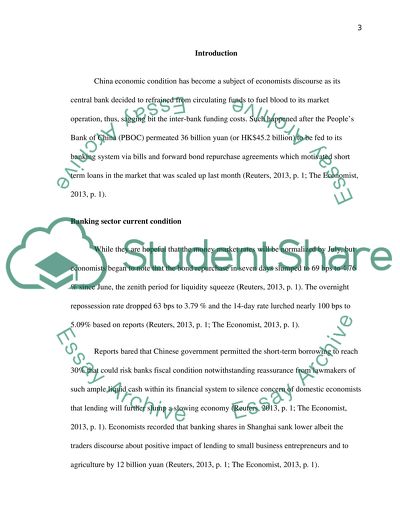Cite this document
(“Economic Policies Essay Example | Topics and Well Written Essays - 2000 words”, n.d.)
Retrieved from https://studentshare.org/macro-microeconomics/1481323-economic-policies
Retrieved from https://studentshare.org/macro-microeconomics/1481323-economic-policies
(Economic Policies Essay Example | Topics and Well Written Essays - 2000 Words)
https://studentshare.org/macro-microeconomics/1481323-economic-policies.
https://studentshare.org/macro-microeconomics/1481323-economic-policies.
“Economic Policies Essay Example | Topics and Well Written Essays - 2000 Words”, n.d. https://studentshare.org/macro-microeconomics/1481323-economic-policies.


